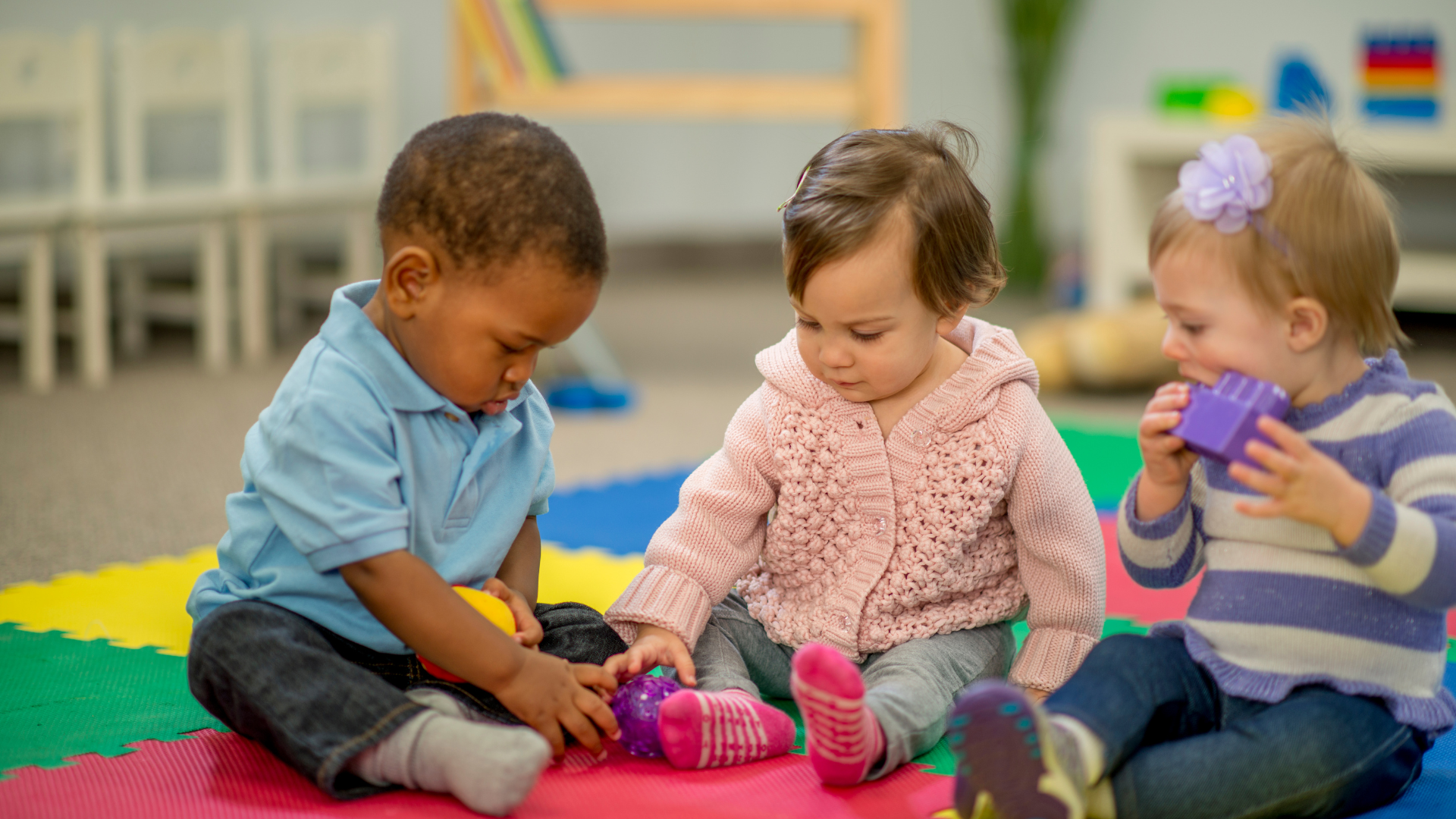Helping Kids Deal with Fear Through Emotional Intelligence

Fear is a natural and universal emotion that everyone experiences at some point. For children, fear can stem from a variety of sources—whether it’s the fear of the dark, separation from parents, new social situations, or fears of failure. While fear is a protective emotion designed to keep us safe, when it becomes overwhelming or persistent, it can hinder a child’s emotional growth and daily functioning. Teaching children how to manage and cope with fear through emotional intelligence (EQ) can help them face challenges confidently and build resilience in the process.
In this article, we’ll explore how emotional intelligence can be used as a tool to help children understand and manage fear, empowering them to face their anxieties with a sense of control.
Understanding Fear in Children
For young children, fear is often a response to the unknown or something that feels outside of their control. Their fears can feel very real to them, even if the source of the fear seems trivial or irrational to adults. Common childhood fears include:
- Separation Anxiety: Fear of being away from parents or caregivers.
- Social Fears: Fear of making mistakes, being judged, or interacting with peers.
- Physical Fears: Fear of the dark, animals, loud noises, or even new experiences.
- Performance Anxiety: Fear of failing or not measuring up in school or other activities.
These fears can affect a child’s behaviour, school performance, and social interactions. By using emotional intelligence, parents can help children navigate their fears in healthy ways.
How Emotional Intelligence Helps Children Deal with Fear
Emotional intelligence consists of key components such as self-awareness, self-regulation, motivation, empathy, and social skills. These skills are crucial in helping children manage fear. Here’s how each aspect of EQ can help children cope with and overcome fear:
- Self-Awareness: Recognizing and Understanding Emotions
Self-awareness is the foundation of emotional intelligence. It helps children identify what they’re feeling and why. When a child is able to recognize that they’re feeling scared, they are better equipped to deal with that fear constructively.
Example: A child might say, “I feel scared because it’s my first day at school, and I don’t know anyone.” Acknowledging their fear is the first step in helping them process and manage it. - Self-Regulation: Managing Fear and Calming Down
Once children recognize their emotions, they can practice self-regulation, which involves managing their emotional responses. Teaching children how to calm themselves down when they feel fear—whether through deep breathing, visualization, or mindfulness—empowers them to control their emotional reactions rather than be overwhelmed by them.
Example: If a child is scared of the dark, they could be taught to use a calming strategy, such as taking deep breaths or imagining a peaceful scene, like a favourite place or a calming colour. - Empathy: Understanding and Validating Feelings
Empathy helps children understand not only their own emotions but also the feelings of others. When a child feels heard and understood, they are more likely to open up about their fears. Parents can validate their child’s feelings by showing empathy and reassurance.
Example: A child who fears speaking in front of the class might be reassured by a parent saying, “I know it feels scary to talk in front of a lot of people. It’s okay to feel nervous, but you can do it.” - Social Skills: Seeking Support and Building Confidence
Good social skills help children communicate their fears and seek support from others. Whether it’s asking for help from a teacher, talking to a friend, or approaching a parent, teaching children to express their needs is an essential part of emotional intelligence. As they practice these skills, their confidence in social situations grows, which in turn helps reduce their fears.
Example: A child who is nervous about starting a new school might be encouraged to introduce themselves to a friendly classmate, fostering a sense of connection and reducing their anxiety.
Practical Tips for Helping Kids Deal with Fear Using EQ
- Normalize the Emotion of Fear
Teach your child that fear is a normal and healthy emotion that everyone experiences, even adults. By normalizing their fear, they are less likely to feel embarrassed or ashamed of it. Help them see that fear is not something to avoid but something to understand and manage.
Example: “It’s okay to be scared sometimes. Even I feel nervous before a big meeting. It’s part of being human, and we can learn how to handle it.” - Label and Validate Their Fear
Encourage your child to put a name to their fear. This makes the emotion less abstract and more manageable. Validating their feelings shows them that their fear is real and understood, rather than dismissed.
Example: “I see that you’re scared of going to the doctor. It’s normal to feel that way. We’ll go together, and I’ll be there the whole time.” - Teach Coping Strategies
Teach your child specific coping strategies to manage their fear. Simple techniques like deep breathing, counting to ten, or visualizing a safe space can help a child feel more in control of their fear.
Example: When a child is anxious about taking a test, you can teach them to pause and take three deep breaths before beginning. This simple action can calm the nervous system and refocus the mind. - Create a Fear-Reduction Plan
For more persistent or specific fears, work with your child to create a fear-reduction plan. This might include gradually exposing them to their fear in a safe and controlled manner, building their confidence over time. This process is called desensitization.
Example: If a child is afraid of dogs, start by looking at pictures of dogs together, then watch videos of calm dogs, and eventually, visit a friend who owns a gentle dog. With each step, reassure them and celebrate their progress. - Use Positive Reinforcement
Praise your child when they face their fear, even if it’s in small steps. Positive reinforcement builds their confidence and encourages them to continue working through their anxieties.
Example: “I’m so proud of you for trying to speak in front of the class today! It was a big step, and you did great. We can keep practicing together.”
The Long-Term Benefits of Teaching EQ to Manage Fear
Teaching emotional intelligence not only helps children deal with fear in the moment but also equips them with lifelong skills to manage their emotions in various situations. Children who can regulate their emotions, empathize with others, and approach challenges with confidence are better prepared to navigate the complexities of adulthood.
Emotional intelligence also strengthens resilience, allowing children to bounce back from setbacks and face future fears with greater ease. As they grow older, children with strong EQ are better able to handle stress, form healthy relationships, and pursue their goals with determination.
Support Your Child’s Emotional Growth with EQ4Kids
If you’re looking for a structured way to help your child build emotional intelligence and manage fear, consider enrolling them in the EQ4Kids Programme. This program offers engaging, age-appropriate activities that teach kids how to recognize and regulate their emotions, including fear. Give your child the tools they need to face their fears with confidence and build a strong emotional foundation for the future. Start today!
Share Post
Complete the following form if you require more info about EQ4kids or want to enroll your child at your nearest Franchise.
Blog Enquiry









